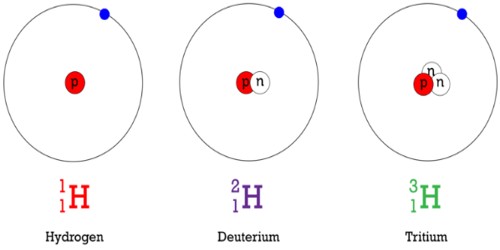The use of solar energy is rapidly expanding, and it is quickly becoming one of the most important renewable energy sources on the planet. Despite significant progress over the last decade, there is still a long way to go to achieve the level of deployment required to meet the global target of limiting global warming to 1.5°C.
Global solar experts strongly urge continued growth of photovoltaic (PV) manufacturing and deployment to power the planet, arguing that underestimating PV growth while waiting for agreement on alternative energy pathways or the emergence of technological last-minute miracles “is no longer an option.”
The agreement reached by participants at the 3rd Terawatt Workshop last year follows increasingly large projections from multiple groups around the world on the need for large-scale PV to drive electrification and greenhouse gas reduction. The growing acceptance of PV technology has prompted experts to estimate that 75 terawatts or more of globally deployed PV will be required by 2050 to meet decarbonization targets.
A major risk for the next decade would be to make poor assumptions or mistakes in modeling the required growth in the PV industry, then realize too late that we were wrong on the low side and need to ramp up manufacturing and deployment to unrealistic or unsustainable levels.
Nancy Haegel
The workshop, led by representatives from the National Renewable Energy Laboratory (NREL), the Fraunhofer Institute for Solar Energy in Germany, and the National Institute of Advanced Industrial Science and Technology in Japan, brought together leaders from research institutions, academia, and industry in PV, grid integration, analysis, and energy storage. The first meeting, held in 2016, focused on the goal of reaching at least 3 terawatts by 2030.
The target was raised even higher at the 2018 meeting, to around 10 TW by 2030, and three times that amount by 2050. Participants in that workshop also correctly predicted that global PV electricity generation would reach 1 TW within the next five years. That line was crossed last year.
“We have made great progress, but the targets will require continued work and acceleration,” said Nancy Haegel, director of the National Center for Photovoltaics at NREL. Haegel is lead author of the new article in the journal Science, “Photovoltaics at Multi-Terawatt Scale: Waiting Is Not an Option.” The coauthors represent 41 institutions from 15 countries.

“Because time is of the essence, it’s critical that we set ambitious and attainable goals with significant impact,” said Martin Keller, director of NREL. “There has been tremendous progress in the field of photovoltaic solar energy, and I am confident that we can achieve even more if we continue to innovate and act with urgency.”
Although incident solar radiation can easily provide more than enough energy to meet the Earth’s energy needs, only a small portion of it is used. From a negligible amount in 2010 to 4-5% in 2022, the amount of electricity supplied globally by PV has increased significantly.
According to the workshop report, the “window is increasingly closing to take action at scale to cut greenhouse gas emissions while meeting global energy needs for the future.” PV stands out as one of the few options that can be used to replace fossil fuels right away. “A major risk for the next decade would be to make poor assumptions or mistakes in modeling the required growth in the PV industry, then realize too late that we were wrong on the low side and need to ramp up manufacturing and deployment to unrealistic or unsustainable levels.”
Reaching the 75-terawatt target, the authors predicted, will place significant demands on both PV manufacturers and the scientific community. For example:
- Makers of silicon solar panels must reduce the amount of silver used in order for the technology to be sustainable at a multi-terawatt scale.
- The PV industry must continue to grow at a rate of about 25% per year over the next critical years.
- The industry must continuously innovate to improve material sustainability and reduce its environmental footprint.
Participants at the workshop also stated that solar technology must be redesigned for ecodesign and circularity, even though recycling materials is not currently an economically viable solution for material demands due to the relatively low installations to date compared to the demands of the next two decades.
According to the report, the target of 75 terawatts of installed PV is “both a significant challenge and a viable path forward.” Recent history and the current trajectory indicate that it is possible.”
















